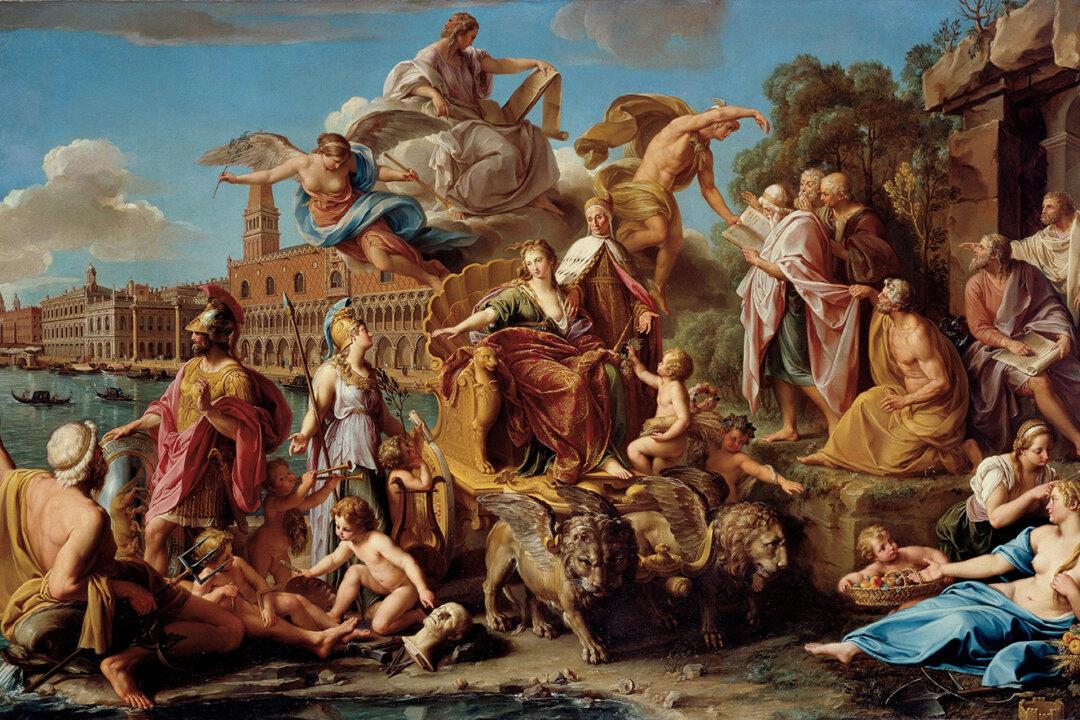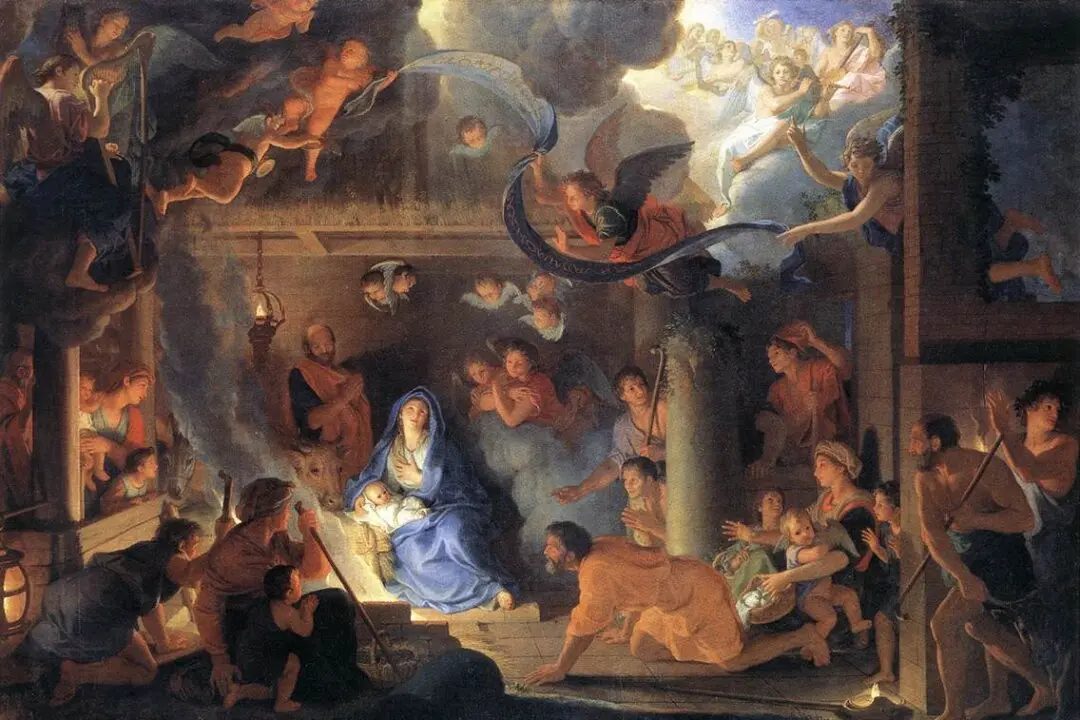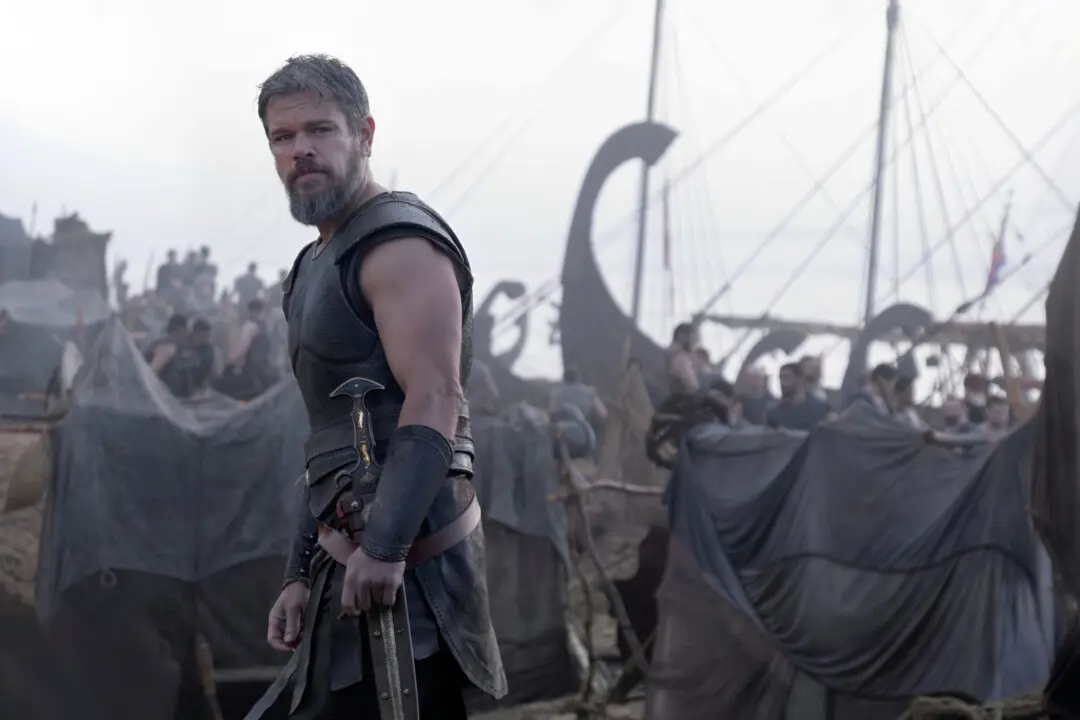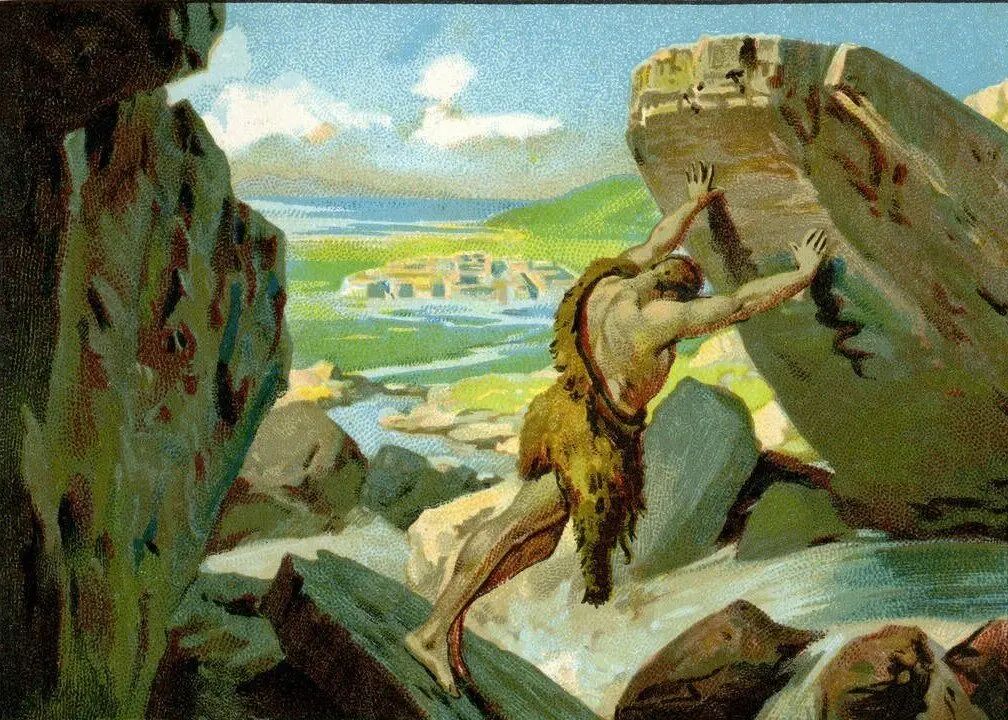Venice, an extraordinary place, is a city built on marshes and water and had a republic that lasted for more than 1,000 years. For a long time, it was the dominant power—an empire—in the Mediterranean. The Republic was destroyed in 1797 by Napoleon when he sacked the city and brought to an end the rule of the final doge—the 120th in succession.
At the time of its fall, its power and influence had long been on the wane, but it’s hardly a disgrace to say that a city fell to Napoleon, since most of Europe did.






